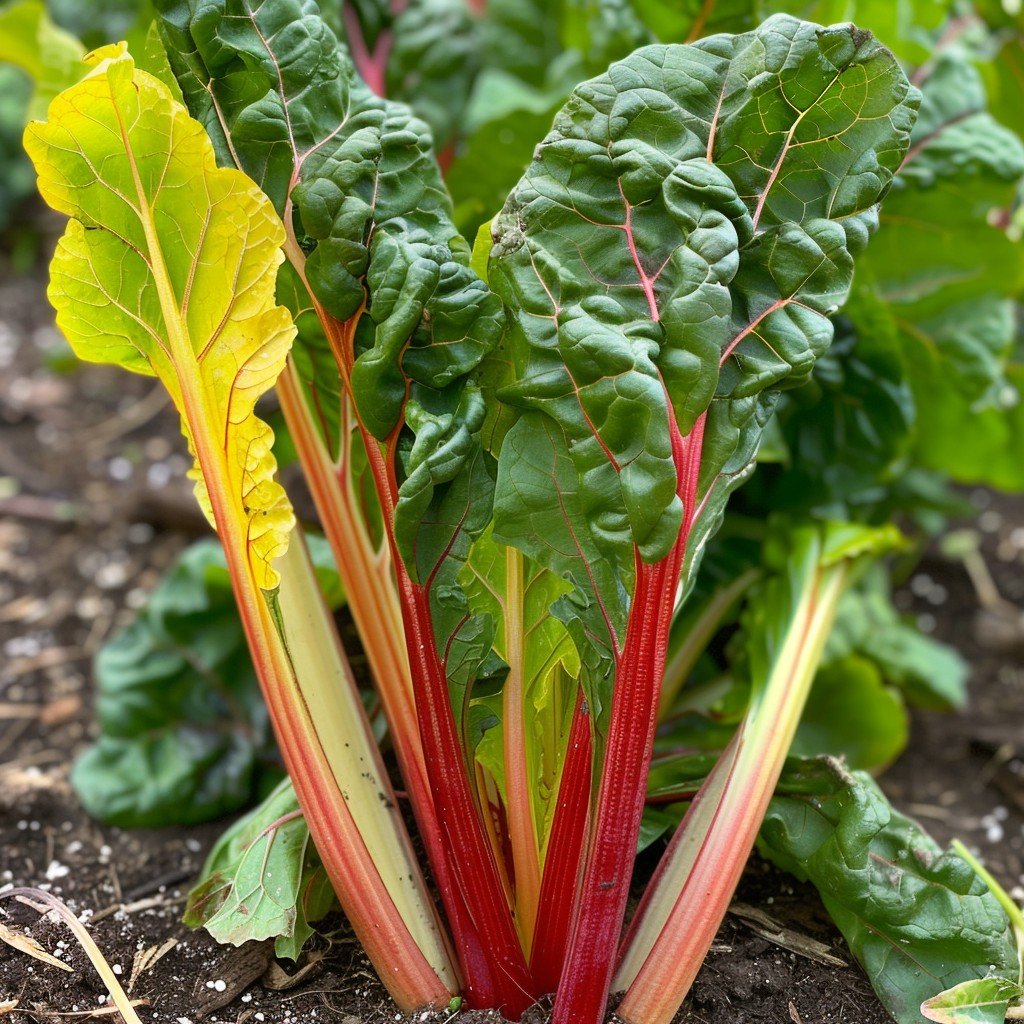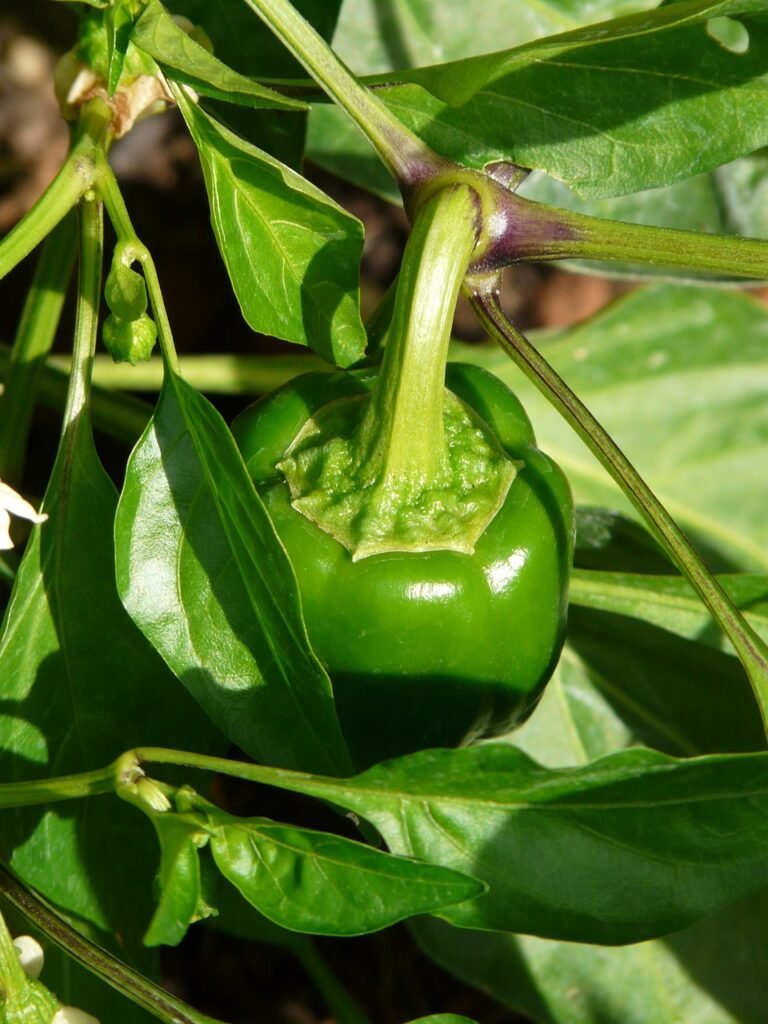Yellowing leaves on vegetable plants can be a troubling sight for gardeners. This common symptom often indicates underlying issues that can affect plant health and productivity. Understanding the various causes of leaf yellowing is essential for diagnosing and addressing these problems effectively. This comprehensive guide explores the primary reasons behind yellowing leaves, from nutrient deficiencies and environmental factors to pest and disease impacts, providing actionable solutions to ensure your vegetable garden thrives.
Some of the links on this website may be affiliate links. If you purchase a product or service through these links, I may earn a small commission at no extra cost to you. I only recommend products or services that I have personally used and believe will add value to my readers. Thank you for your support!
Common Causes of Yellowing Leaves
Watering Issues
Proper watering is critical for plant health. Both overwatering and underwatering can lead to yellow leaves.
Overwatering
Excess water can suffocate roots, leading to poor oxygenation and root rot. Symptoms include yellow, wilted leaves and stunted growth. Ensure proper drainage and reduce watering frequency to prevent overwatering.

Underwatering
Insufficient water can cause drought stress, resulting in yellowing leaves, particularly at the base of the plant. Regular, deep watering helps maintain consistent soil moisture.
Nutrient Deficiencies
One of the most frequent causes of yellowing leaves in vegetable plants is nutrient deficiency. Plants require a range of nutrients to grow, and a lack of any essential nutrient can lead to yellow leaves.
Nitrogen Deficiency
Nitrogen is crucial for plant growth and is a primary component of chlorophyll, the compound responsible for the green color in leaves. When plants lack nitrogen, older leaves turn yellow while the new growth remains green. To remedy this, apply a balanced fertilizer or compost to increase nitrogen levels in the soil .
Magnesium Deficiency
Magnesium is vital for photosynthesis. A deficiency often shows up as yellowing between the veins of older leaves, leaving a green border around the edges. Epsom salts (magnesium sulfate) can be applied to the soil or used as a foliar spray to correct this deficiency.
Iron Deficiency
Iron deficiency typically causes new leaves to turn yellow while veins remain green, a condition known as chlorosis. This is often due to high soil pH making iron less available. Applying chelated iron or adjusting the soil pH can help resolve this issue.

Soil Problems
The condition of your soil plays a significant role in plant health.
Poor Drainage
Compacted or heavy clay soils can lead to poor drainage and root issues. Improving soil structure with organic matter like compost can enhance drainage and root health.
Soil pH Imbalance
Soil pH affects nutrient availability. Most vegetable plants prefer slightly acidic to neutral soil (pH 6.0-7.0). Use a soil pH test kit to check levels and amend soil accordingly with lime (to raise pH) or sulfur (to lower pH).
Environmental Factors
Temperature Extremes
Both high and low temperatures can stress plants and cause yellowing leaves.
Heat Stress
Excessive heat can cause leaf scorch, where leaves turn yellow and brown at the edges. Provide shade and ensure adequate watering during hot periods. How To Automate Watering: [Read More]
Cold Damage
Exposure to cold temperatures can damage plant cells, leading to yellowing and browning of leaves. Protect plants with row covers or bring potted plants indoors during cold snaps.
Light Conditions
Proper light is essential for photosynthesis. Both too little and too much light can cause yellowing.
Insufficient Sunlight
Lack of sunlight can lead to yellowing leaves as plants struggle to photosynthesize. Ensure plants receive the recommended amount of light for their species by adjusting their location or thinning out overcrowded areas.
Excessive Sunlight
Too much direct sunlight, especially during peak hours, can cause leaf burn. Provide partial shade for sensitive plants or use shade cloth to mitigate intense sun exposure .
Pests and Diseases
Pests and diseases can significantly affect plant health, often manifesting as yellowing leaves.
Common Pests
- Aphids: Small, sap-sucking insects that cause yellowing and distortion. Control them with insecticidal soap or neem oil.
- Whiteflies: Tiny, white flying insects that cause yellowing and wilting. Use yellow sticky traps and insecticidal sprays for management.
- Spider Mites: Microscopic pests that create stippled, yellow leaves. Mitigate with regular water sprays and miticides.
Diseases
- Fungal Infections: Diseases like powdery mildew and downy mildew cause yellow spots and patches. Treat with fungicides and improve air circulation.
- Bacterial Infections: Leaf spot and blight can lead to yellow, water-soaked lesions. Remove infected leaves and apply bactericides.
- Viral Infections: Viruses like mosaic virus cause mottled yellowing. There is no cure, so remove and destroy affected plants to prevent spread .
Specific Vegetable Plant Issues
Tomatoes
Tomatoes are prone to several yellowing issues, such as early blight, caused by the fungus Alternaria solani. Ensuring good air circulation and applying fungicides can help manage this.
Cucumbers
Cucumber plants often suffer from cucumber mosaic virus, leading to yellow mottling of leaves. Control aphids, which spread the virus, and remove infected plants promptly.

Leafy Greens
Spinach, lettuce, and other greens may yellow due to nitrogen deficiency or downy mildew. Maintain soil fertility and ensure proper spacing for airflow.
Root Vegetables
Carrots and radishes can develop yellow leaves from root-knot nematodes, microscopic worms that damage roots. Practice crop rotation and use nematode-resistant varieties.
Prevention and Maintenance
Regular Monitoring
Frequent inspections allow early detection of problems. Look for changes in leaf colour, texture, and overall plant vigour to catch issues before they escalate.
Balanced Fertilization
Use a balanced fertilizer tailored to the specific needs of your vegetable plants. Over-fertilization can cause nutrient imbalances, while under-fertilization can lead to deficiencies.
Proper Watering Techniques
Water deeply and less frequently to encourage deep root growth. Mulching helps retain soil moisture and regulate temperature.
Integrated Pest Management (IPM)
Combining biological, cultural, and mechanical controls provides sustainable pest management. Introduce beneficial insects, maintain garden hygiene, and use barriers to protect plants.
Organic and Sustainable Practices
Composting and Soil Health
Adding compost improves soil structure, fertility, and microbial activity. Organic matter enhances nutrient availability and water retention.
Crop Rotation
Rotating crops prevents soil depletion and disrupts pest and disease cycles. Plan your garden layout to avoid planting the same family of vegetables in the same spot year after year.
Companion Planting
Planting certain crops together can enhance growth and repel pests. For example, marigolds can deter nematodes, and basil can repel aphids and whiteflies.

Yellowing leaves on vegetable plants can be alarming, but with careful observation and proper management, most issues can be resolved. By understanding the common causes and implementing the solutions discussed, you can ensure your garden remains healthy and productive. Remember to monitor your plants regularly, maintain balanced nutrition and watering, and use sustainable practices to foster a thriving garden.

Sources
- Nutrient Deficiencies: Gardening Know How
- Magnesium Deficiency: University of Minnesota Extension
- Iron Deficiency: Clemson Cooperative Extension
- Overwatering: University of California Agriculture and Natural Resources
- Underwatering: Penn State Extension
- Poor Drainage: The Old Farmer’s Almanac
- Soil pH: Royal Horticultural Society
- Heat Stress: University of Georgia Extension
- Cold Damage: [North Carolina Cooperative Extension](https://buncombe.ces.ncsu.edu/2021/02/pro

